Your No-Nonsense Guide to Probiotic Foods for a Healthier Gut
I’ve been a nutritionist for a good while now, and if there’s one truth that’s become crystal clear, it’s this: gut health is the bedrock of your overall well-being. I’ve had conversations with hundreds of people, from pro athletes needing a performance boost to exhausted parents just wanting to feel human again. And you know where the conversation always lands? The gut. We’re not just talking about digestion, either. It’s your immune system, your mental focus, your energy levels—it’s all connected.
In this article
- Your Quick Win: Start Today
- The Gut Health Trio You Need to Know
- Dairy Ferments: The Easy Entry Point
- Your First Ferment: Let’s Make Sauerkraut!
- Beyond Cabbage: Kimchi, Tempeh, and Miso
- What About Probiotic Drinks?
- Let’s Clear a Few Things Up
- So, When Will I Feel a Difference?
- A Word of Caution
- Inspirational Gallery
At the center of it all are probiotics. You’ve seen the word plastered on everything from fancy supplement bottles to colorful yogurt cups. But the real magic isn’t in a marketing slogan. It’s in understanding what these living critters are and how to get them from real, whole foods. Probiotics are simply the good guys—beneficial bacteria and yeasts that support the massive community living in your gut.
So, this isn’t just another list of foods. This is the stuff I share with my clients every day. We’ll break down the science without the jargon, find the best food sources, and learn how to spot the difference between a genuinely good product and a glorified snack. Let’s get you feeling confident in the grocery store and in your own kitchen.
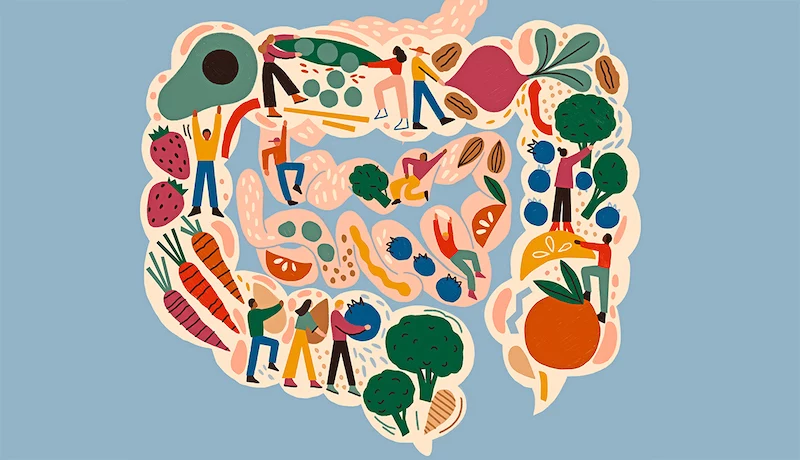
Your Quick Win: Start Today
Feeling overwhelmed already? Don’t be. Here’s your quick win: The next time you’re at the grocery store, head to the refrigerated section. Find ONE item that says “live and active cultures” or “lacto-fermented.” It could be a jar of sauerkraut, a bottle of kefir, or some real pickles. Buy it. Have a single tablespoon with your dinner tonight. That’s it! You’ve already started.
The Gut Health Trio You Need to Know
Before we jump into the food, let’s get the key players straight. Knowing the ‘why’ makes the ‘how’ so much more powerful. Think of your gut like a garden.
- Probiotics: These are the live, beneficial bacteria. They’re like the new seeds you plant in your garden. This is our main focus.
- Prebiotics: This is the food for your good bacteria. It’s special fiber that you can’t digest, but your gut microbes go wild for it. This is the fertilizer for your seeds. You find it in things like onions, garlic, asparagus, and bananas.
- Postbiotics: These are the awesome compounds the probiotics produce when they munch on prebiotics. Think of these as the delicious fruit that grows from your well-fertilized seeds. These compounds, like butyrate, are what actually deliver many of the health benefits.
You can see why you can’t have a healthy gut with just probiotics. I always tell my clients, taking probiotics without eating fiber-rich foods is like tossing seeds onto concrete and hoping for a forest. It just doesn’t work that way.

Dairy Ferments: The Easy Entry Point
For most people, fermented dairy is the most familiar and accessible place to start. But you have to be a savvy shopper, because the dairy aisle is a minefield of sugar and misleading labels.
Yogurt vs. Kefir: What’s the Difference?
Yogurt is a fantastic starting point, but most of what’s on the shelf is packed with so much sugar it practically cancels out the benefits. Even worse, some are pasteurized after fermentation, which kills all the good bacteria you were trying to buy. Always look for two things: a simple ingredients list (milk, live cultures) and the phrase “live and active cultures” right on the label. I’m a big fan of plain, full-fat yogurt; the fat helps you feel full and absorb certain vitamins.
But if yogurt is the friendly neighborhood cop of the probiotic world, kefir is the SWAT team. This fermented drink is an absolute powerhouse. It generally contains a much wider variety of beneficial bacteria and yeasts—we’re talking 10 to 30+ different strains compared to yogurt’s typical 2 to 7. Its taste is tangier and a little effervescent, almost like a thin, sour smoothie. Because it’s drinkable, it’s incredibly easy to add to smoothies or just have a small glass on its own.
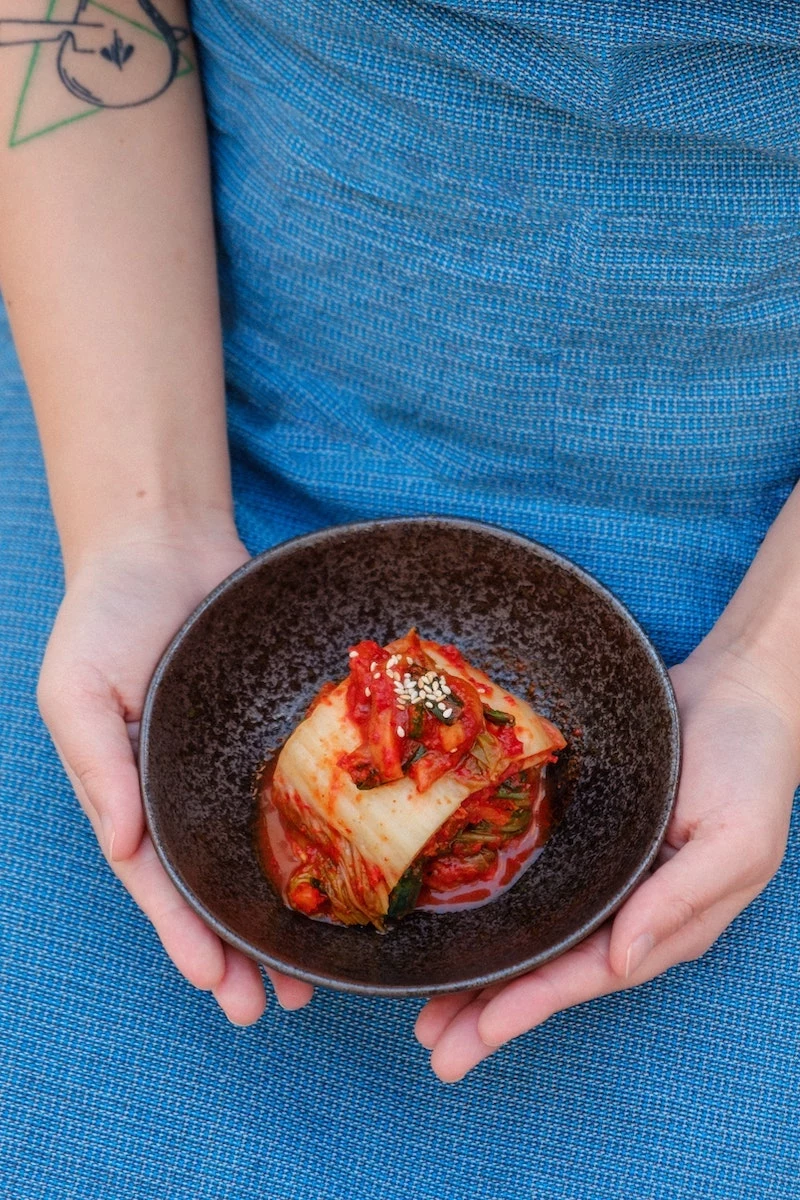
Heads up! The fermentation process eats up most of the lactose, so many people who are mildly lactose intolerant find they can handle kefir and real yogurt just fine. If dairy is a no-go for you, water kefir is a great alternative.
Your First Ferment: Let’s Make Sauerkraut!
Ready to get your hands dirty? Making sauerkraut is the perfect gateway into home fermentation. And it’s shockingly easy and cheap. Real, raw sauerkraut from the store can cost you $8-$12 a jar. You can make a huge batch at home for under $5.
Here’s what you’ll need:
- 1 medium head of cabbage (about $2)
- About 1.5 tablespoons of non-iodized salt (like sea salt or kosher salt, pennies per batch)
- A 1-quart wide-mouth glass jar ($2-$3)
And here’s the process, step-by-step:
- Prep the Cabbage: Shred your cabbage and put it in a big bowl. For every 1,000 grams of cabbage (that’s about one medium head), you’ll add 20 grams of salt. This 2% salt ratio is the magic number.
- Get Squeezing: Sprinkle the salt over the cabbage and start massaging it with your hands. For about 10 minutes, just squeeze and scrunch. You’ll be amazed as the cabbage releases its own water, creating a natural brine.
- Pack the Jar: Pack the cabbage into your jar, a little at a time, pressing it down firmly. You want to eliminate air pockets. Pour any remaining brine from the bowl over the top. The key is that the cabbage must be completely submerged under the liquid.
- Weigh It Down: To keep the cabbage submerged, you need a weight. You can buy fancy glass fermentation weights online, or just use a small ziplock bag filled with a bit of water. Place it right on top of the cabbage.
- Wait and Taste: Cover the jar with a cloth and secure it with a rubber band. Let it sit on your counter at room temperature for 1 to 4 weeks. Start tasting it after a week. Once it reaches a tanginess you love, put a lid on it and move it to the fridge. It will last for months!
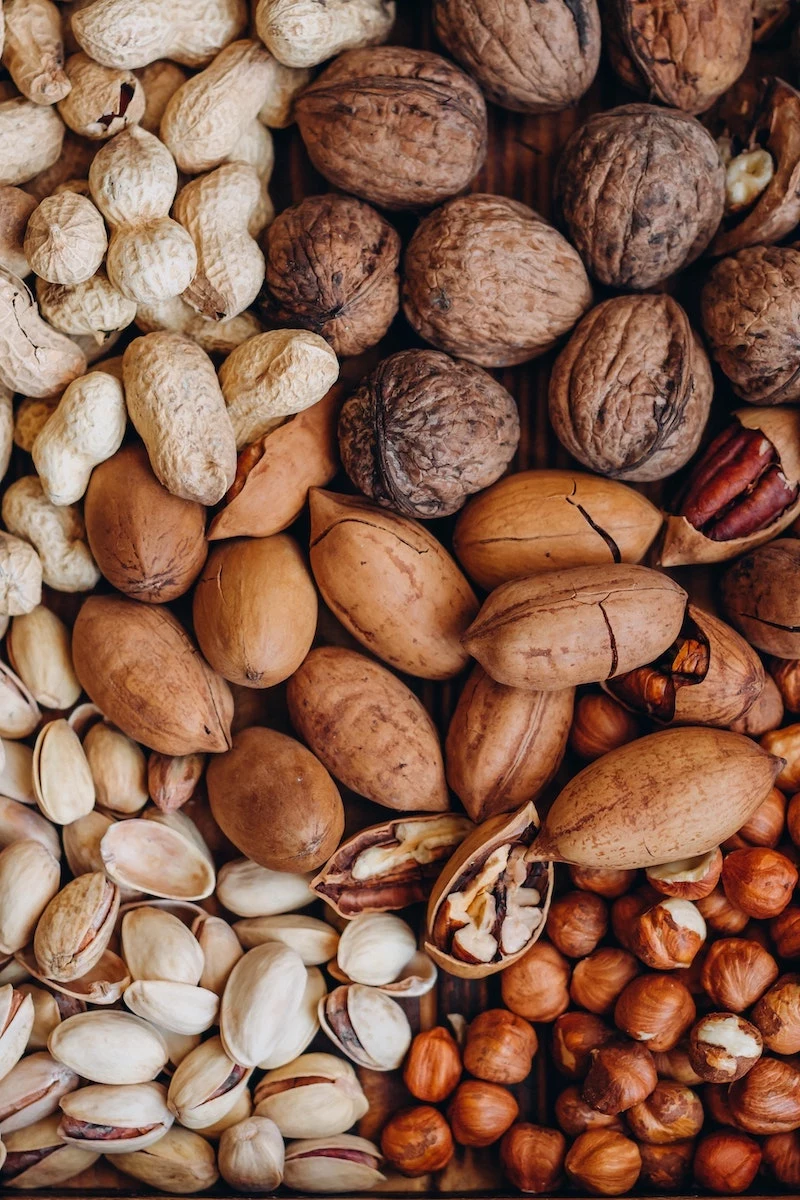
A quick tip from a hard lesson I learned: if you see fuzzy, colorful mold on top, the batch is a goner. Toss it. This usually happens if some cabbage was floating above the brine. That’s why the weight is so important. (A white film, by the way, is usually harmless kahm yeast and can just be skimmed off).
Beyond Cabbage: Kimchi, Tempeh, and Miso
Once you’ve got sauerkraut down, a whole world of fermented foods opens up.
Kimchi is like sauerkraut’s spicy, complex cousin from Korea. It’s typically made with napa cabbage, radish, and scallions in a paste of chili, garlic, and ginger. It brings a totally different set of microbes to the party. A spoonful with eggs or in a rice bowl is an amazing flavor and health boost. Start with just a tablespoon a day; it’s potent stuff!
Tempeh is a firm cake of fermented soybeans with a nutty, mushroom-like taste. It’s an incredible meat substitute that fries up beautifully. Miso is a fermented soybean paste that’s the heart of miso soup. A critical pro tip: never boil miso! Add it to your soup after you’ve turned off the heat to keep those probiotics alive.
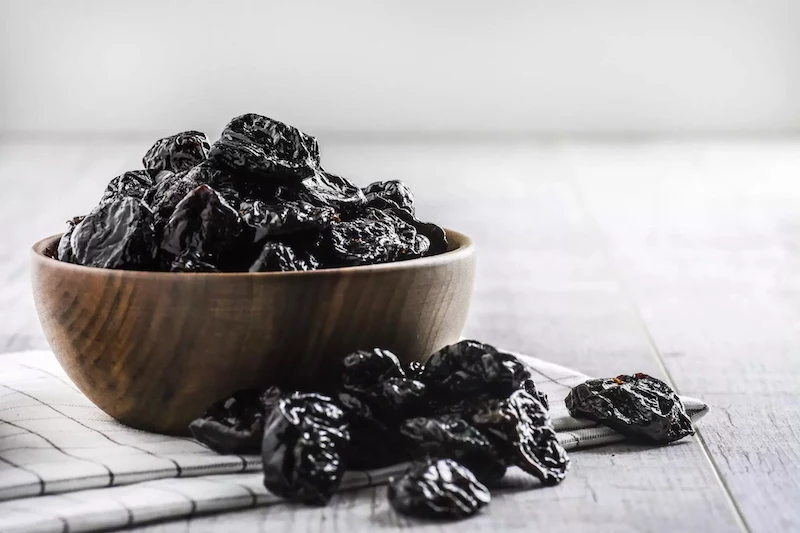
What About Probiotic Drinks?
Fermented drinks are an easy way to get your daily dose, but again, you have to be careful with store-bought options.
Kombucha is a fermented sweet tea. When you’re buying it, flip the bottle over and check the sugar content. Many popular brands are sugar bombs. I tell my clients to look for brands with 5 grams of sugar or less per serving. You want it to have that signature vinegary bite.
Oh, and if you get into home-brewing, please be careful. For creating fizzy kombucha, you have to use proper brewing-grade, round glass bottles. I once had a client use a decorative square bottle from a craft store. The pressure built up, and it literally exploded in their pantry. It’s no joke!
By the way, if you want to make your own kombucha or water kefir, you’ll need a starter culture (a SCOBY for kombucha, or “grains” for kefir). You can often get them from a friend who brews, or just buy them online from sites like Cultures for Health or even sellers on Etsy. It’s surprisingly easy to find them.
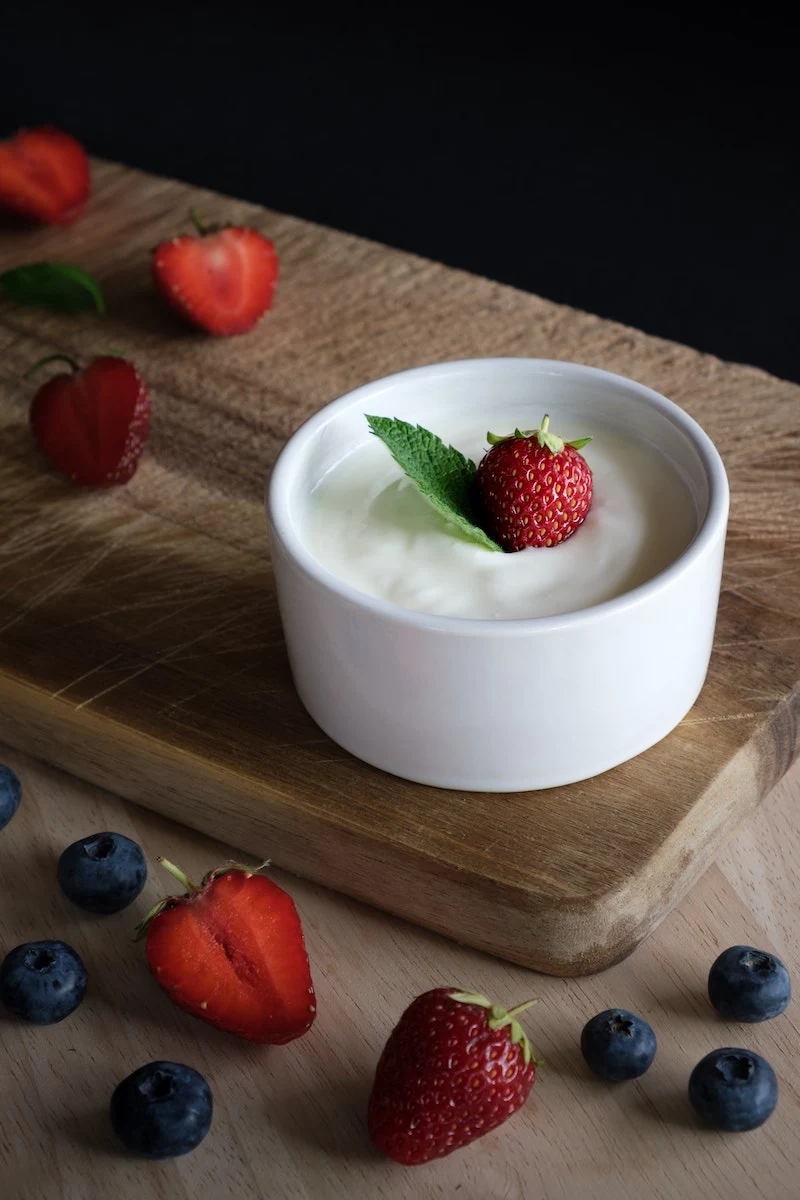
Let’s Clear a Few Things Up
Part of my job is playing myth-buster. Let’s tackle a couple of common points of confusion.
First, pickles. Most pickles on the shelf are made with vinegar. This process doesn’t create probiotics. For the good stuff, you need to find pickles in the refrigerated section that are labeled “lacto-fermented.” Brands like Bubbies are a good example of what to look for—they’re preserved in a simple salt-water brine.
Second, a huge misconception: nuts, fruits, and vegetables are NOT probiotics. They are, however, fantastic sources of prebiotics—the fiber that feeds your good gut bacteria. So a bowl of yogurt (probiotic) topped with berries and walnuts (prebiotics) is the perfect gut-healthy combination. You’re seeding and feeding your internal garden at the same time.
So, When Will I Feel a Difference?
This is probably the number one question I get. It’s important to be realistic. This isn’t an overnight cure. Building a robust gut microbiome is about consistency over weeks and months. You’re not going to eat kimchi once and feel like a new person.
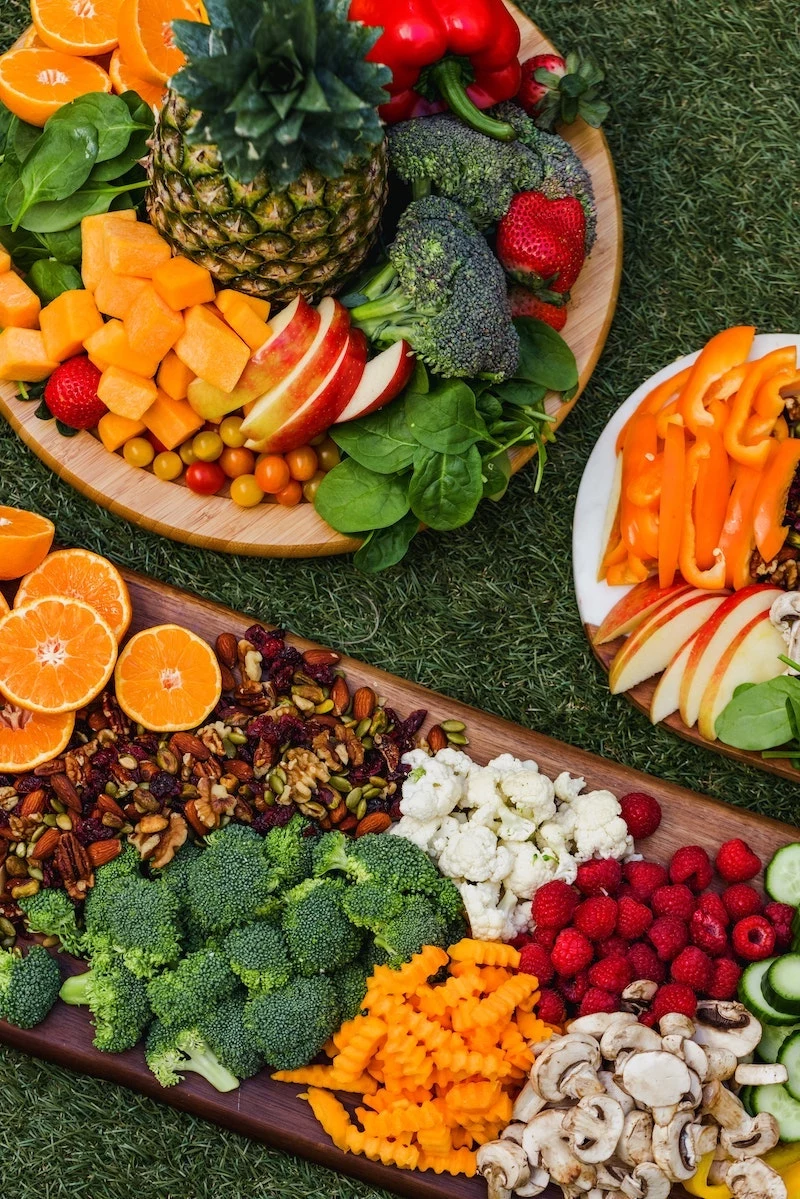
What you might notice first, perhaps after a couple of weeks of consistent intake, is better digestion, more regularity, or less bloating. Over time, the benefits can become much broader. Patience and consistency are your best friends here. A small amount daily is far better than a huge amount once a week.
A Word of Caution
While a food-first approach is fantastic for most people, it isn’t for everyone. If you have a serious condition like Crohn’s, Ulcerative Colitis, or SIBO (Small Intestinal Bacterial Overgrowth), you absolutely must talk to a professional before loading up on fermented foods. In some cases, they can make symptoms worse. The same goes for anyone who is severely immunocompromised. This guide is for educational purposes, not a substitute for personalized medical advice.
Ultimately, building a healthy gut is a journey. It’s about small, consistent actions and embracing diversity in your diet. Rotate your fermented foods. Have some kefir one day, sauerkraut the next. Think of it as tending to your inner garden—with a little regular care, you’re cultivating a healthier, more resilient you from the inside out.
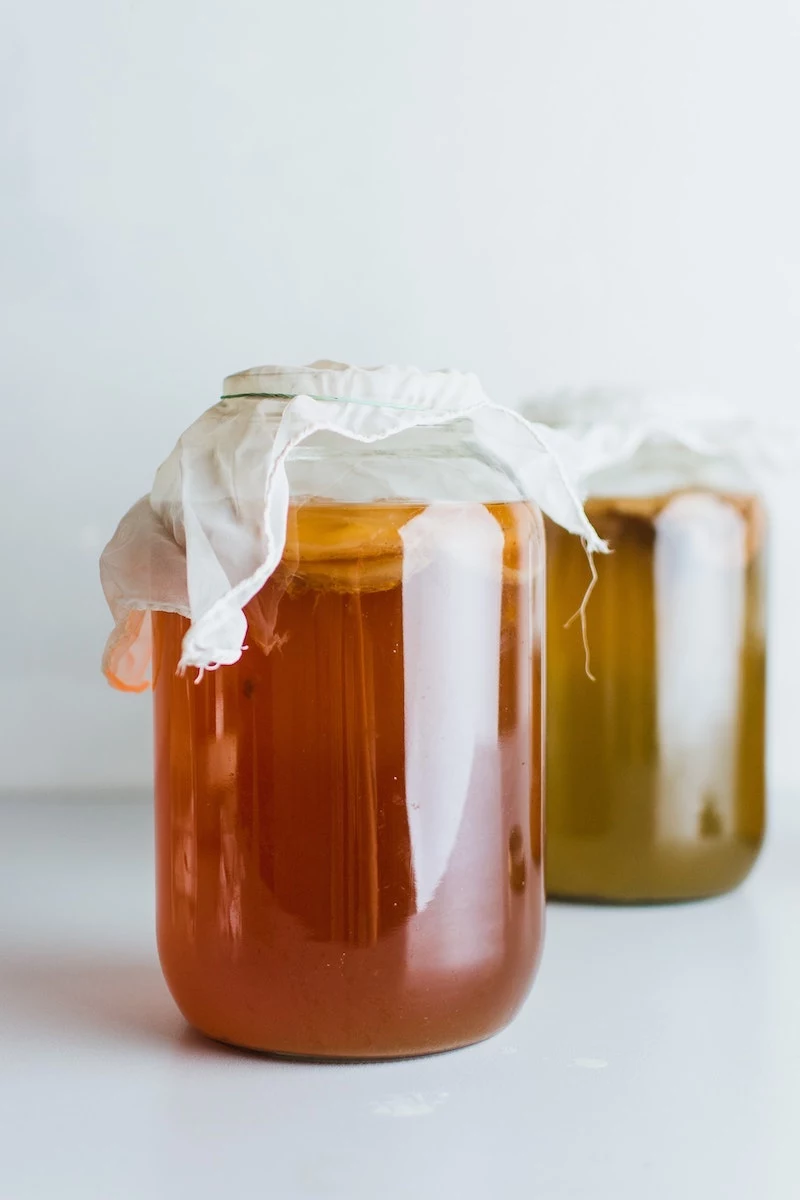
Inspirational Gallery
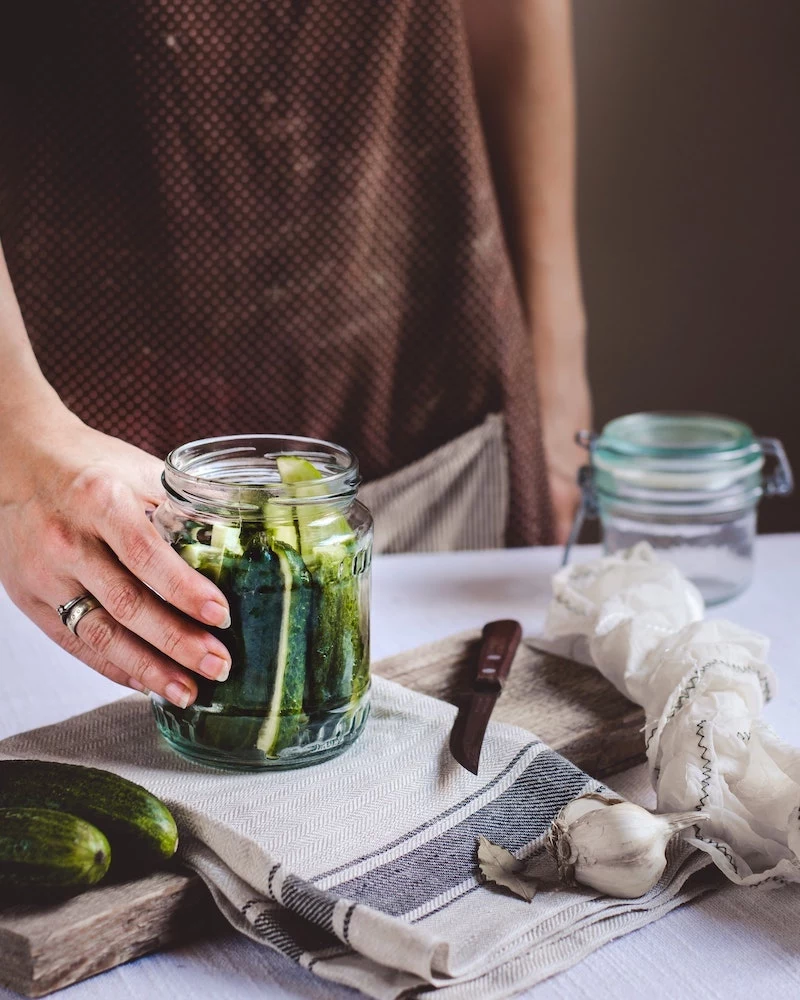
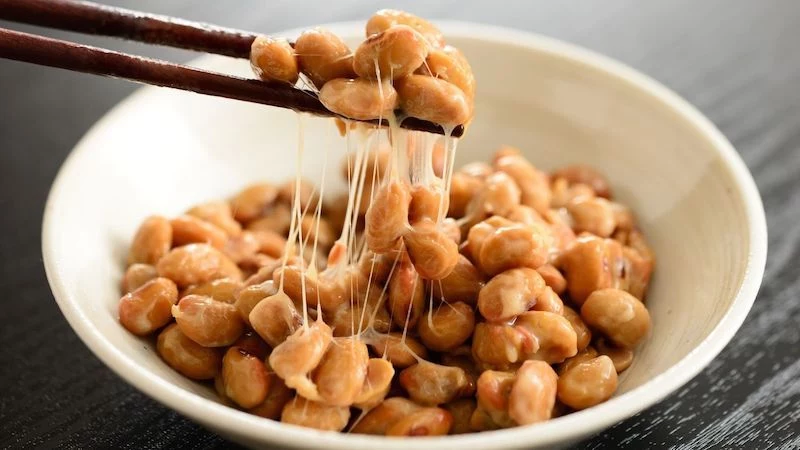
Are all yogurts and pickles on the shelf bursting with probiotics?
Not exactly. The key is fermentation, not just flavor. Many commercial pickles and some yogurts are pasteurized with heat, a process that kills the very live cultures you’re looking for. To get the real deal, look for clues on the label like “lacto-fermented,” “live and active cultures,” or “unpasteurized.” Your best bet is often in the refrigerated section, not the room-temperature aisle. Brands like Bubbies for pickles or Fage Total for yogurt are great examples that explicitly protect their probiotic content.
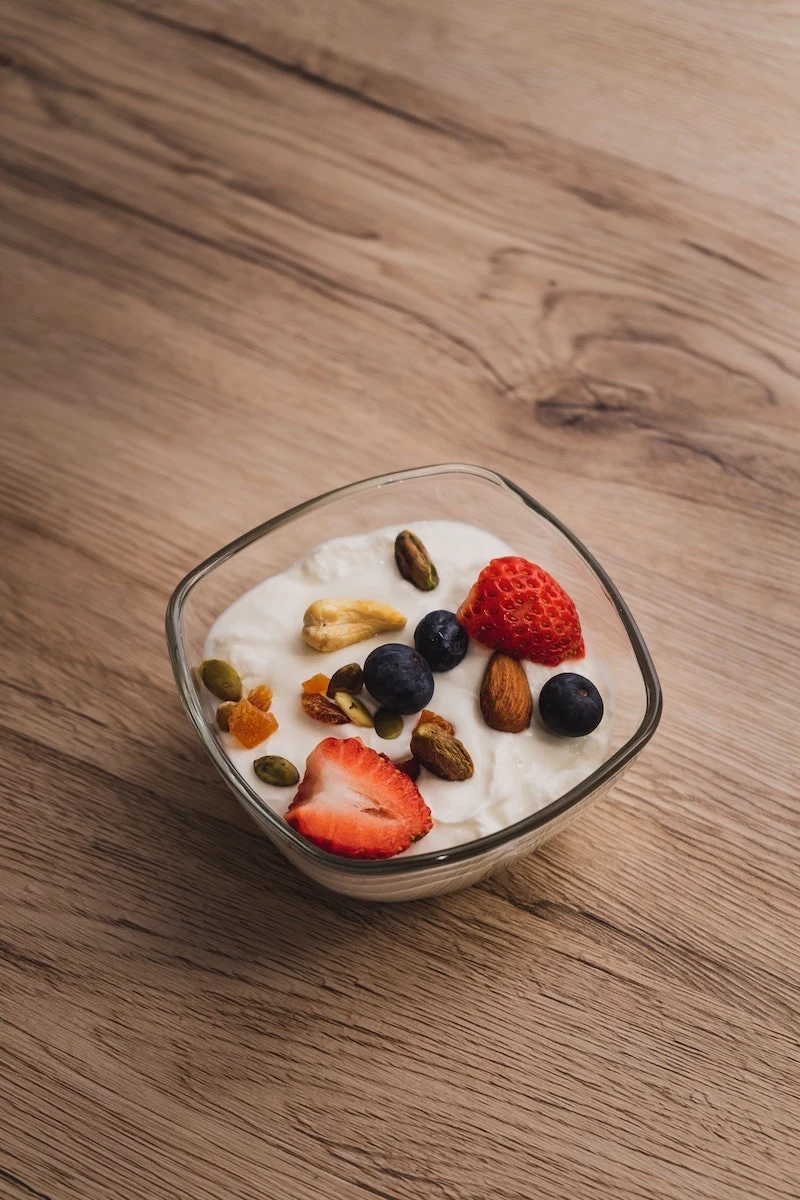
A single tablespoon of kimchi can contain hundreds of millions of friendly bacteria from dozens of different strains.
Unlike a supplement that typically offers a few specific strains, traditionally fermented foods like kimchi or sauerkraut provide a diverse community of microorganisms. Think of it as introducing an entire, vibrant ecosystem to your gut, rather than just a few new workers. This diversity is what helps build a resilient and robust internal ‘garden.’
Dairy Kefir: This is the classic. A fermented milk drink, it’s tangy, creamy like a thin yogurt, and packed with a unique mix of bacteria and beneficial yeasts. Look for plain versions from brands like Lifeway to avoid added sugars.
Water Kefir: The dairy-free cousin! It’s a light, fizzy, and often fruity beverage made by fermenting sugar water with water kefir ‘grains.’ It’s a fantastic, refreshing alternative for those avoiding dairy or looking for a soda substitute.










